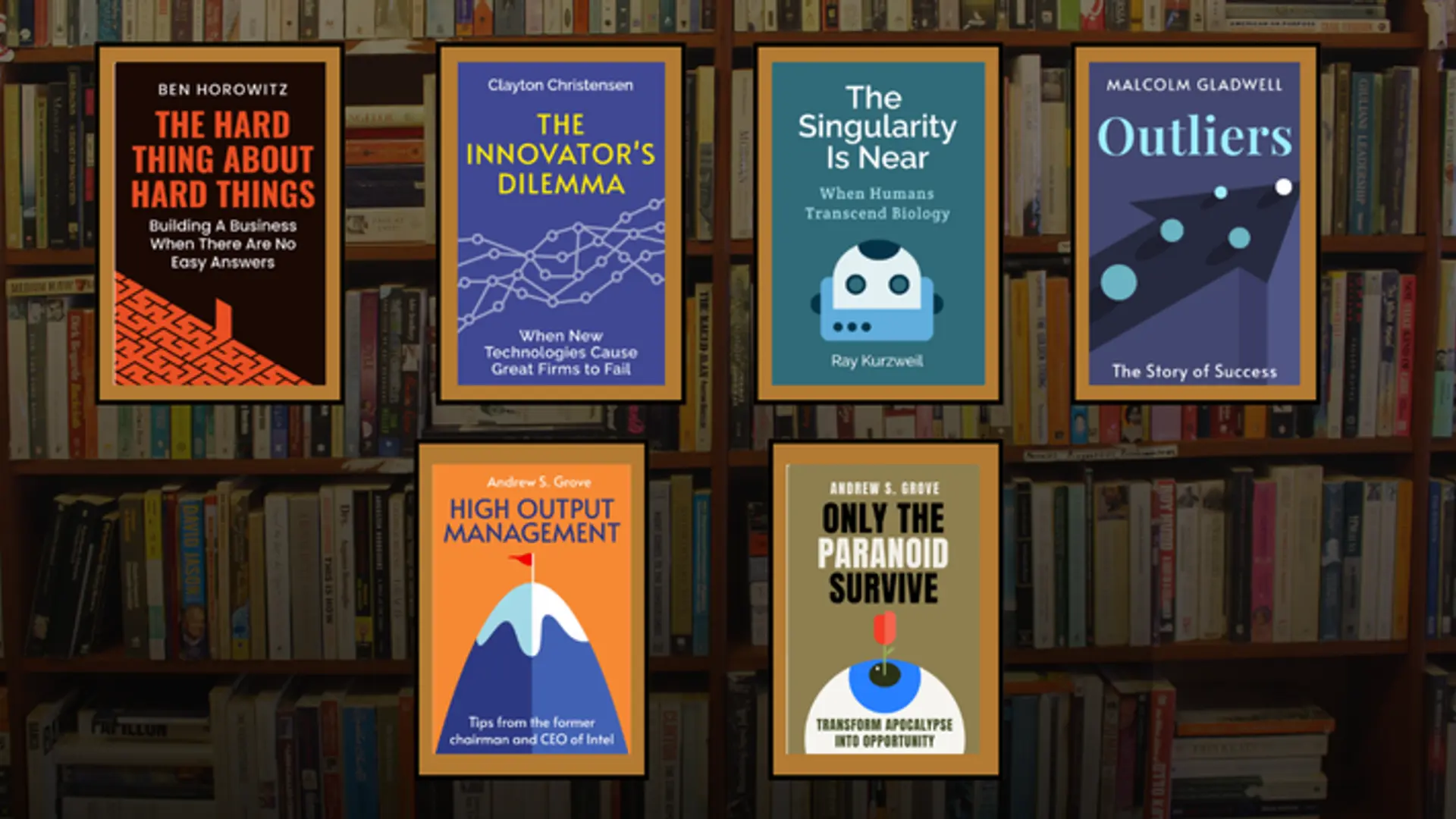LinkedIn’s Head of Recruiting explains the one rule to truly acing an interview
Interviews are nerve-wrecking. When you’re sitting outside the very doors of the person who will determine your future, wringing your sweaty palms and waiting for the receptionist to call your name, the minutes seem to grow slower with every tick of the hand.

Image : youtube
However, by now enough practical and theoretical samples exist in the world, providing lessons on how to ‘ace’ an interview. You have your six to seven questions ready and about a dozen standard responses to be used in almost all opening statements. You have probably looked up enough instructive videos on how to administer the right kind of body language, handshake, and even dress code to make your application formidable.
However, what if the interview didn’t quite go the way you expected? What if all your notes went in vain?
For Brendan Browne, the Head of Recruiting at LinkedIn, an element of surprise is exactly what can determine whether a potential employee is built for the job. To him, the best way to prove yourself worthy is by being spontaneous.
“An interview assessment is hard and hyper-flawed, but really what I want to know is who the heck are you, and what is it going to feel like when you and I are working on a really hard problem and we're working our asses off?” he told Business Insider.
For most of Browne’s interviews, he first places a marker in the interviewee’s hand and directs them to the white-board, and asks them to draw out workings of something that they are most passionate about. For example, for someone whose passion is rooted on a specific role like product-management, then he or she is expected to write or draw out the processes regarding how they visualise it to work out. Or in a more simplified way, as he explains himself, if someone is passionate about brewing beer, then he or she needs to work out the entire process in detail on the board.
Why does he believe that this highly unconventional route is necessary?
To Browne, this spotlight moment is what determines a prospective employee’s true potential. If they crack under the pressure and cannot execute the request, then they will not be able to deal efficiently when placed in a crisis situation. However, if they can take this ambiguous request and turn it to their advantage in a few seconds, then it proves that the candidate will not crack under pressure in the long run.
“Maybe we decide to scrap a project we're working on or something changes, like it does all the time in business and definitely in Silicon Valley – I want to see how you deal,” he said.
As terrifying as this exercise may sound to potential candidates, it is important for the recruiter for several reasons. It provides the answer to four of the most important questions to Browne: What do the candidates care about most deeply? How well can they explain themselves? How do they think about process? And, how do they deal with ambiguity?
The trouble with standardised interviews, according to Browne, lies in both the recruiter’s set-patterns and the interviewee’s standardised responses. For instance, in another article he spoke about how two of the most common mistakes that hiring managers make at the crux of recruitment are, having unrealistic expectations and making impersonal cold calls.
The need to challenge the conventional system, to achieve better results, is apparently the war-cry of LinkedIn itself. CEO Jeff Weiner himself stated that the ideal employee should fit into the overlap of three areas (which he expressed through a Venn diagram): “dreaming big, knowing how to have fun, and getting shit done”.
Primarily, what Browne and other hiring managers want to see from you is not what you practised a hundred times in front of the mirror the night before. Rather, they want to see the way you act and react in any given situation and how they can benefit from it in the long-run. So to them, the real trick to acing an interview is just being spontaneous.
Do you agree? Let us know in the comments below!







